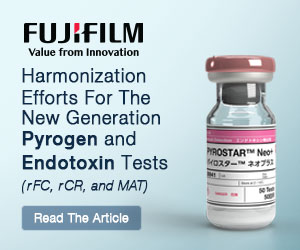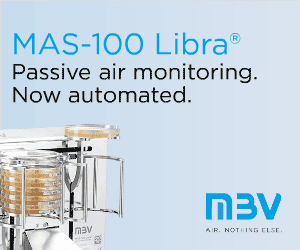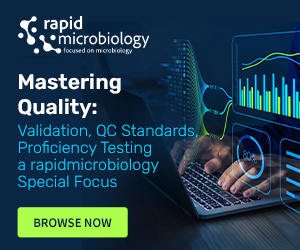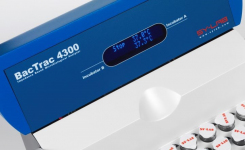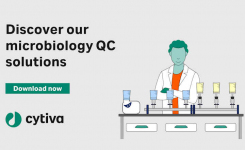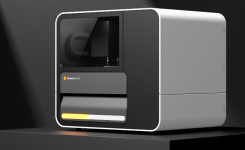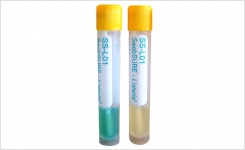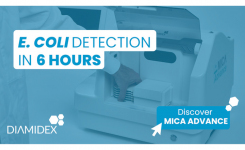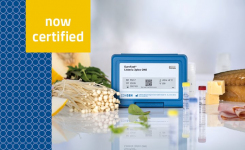New LED Light Source Range Offers Right Illumination for Lifescience Fluorescence Applications
go back to news archives| The flexibility of the range of light emitting diode (LED) fluorescence light sources for microscopy has been enhanced with exclusive advancements to the precisExcite® and FluoLED product series, available from Olympus. As a result, the LED light source range offers a new level of functionality and the right illumination solution for all life science fluorescence applications: From entry level single colour units to advanced high-speed multi-colour systems. precisExcite LED technology has proven to be an excellent alternative source of fluorescence illumination for microscopy and offers significant benefits over conventional lighting. The precisExcite represents the very latest in reflective fluorescence excitation for upright and inverted microscopes, with specially developed LED Array Modules (LAMs) as the source of illumination. The precisExcite illumination system features peltier cooling of the LAM modules. The cooling ensures highest excitation intensity, extreme stability over entire LAM lifetime with very little drop in intensity for repeatability of experiments even after years of LAM usage and completely stable illumination conditions in short- and long-time lapse experiments for best data fidelity. The precisExcite has now extended its flexibility with the introduction of four new LAMs to the portfolio of eleven mono LED array modules. These include the unique 490 nm, which is important for the fluorescence detection of the most popular fluorophore FITC, as well as 535, 565 and 585 nm LAM wavelengths. These enable it to attain intensities not possible on other LED-based fluorescence excitation systems providing peerless fluorescence microscopy with excellent capabilities for all applications. Furthermore, the LAMs are easily interchangeable and permits up to three different wavelengths to be used at once. This enables the user to select wavelengths quickly and effortlessly, and also allows for a more convenient workflow, saving valuable time when compared to mechanical wavelength switches using filter turrets or filter wheels. In addition, for a more integrated system, the precisExcite can now be fully controlled via the Olympus cell^A to cell^P software programmes, extending its functionality further still. FluoLED The FluoLED series is a perfect entry-level fluorescence system for educational and routine use, available in three versions to match different user needs: the FluoLED EasyBlue provides a single wavelength (480 nm) for the most cost efficient solution; the FluoLED Single provides users with the capability to use one of seven interchangeable LED cassettes from 365 nm (UV) to 630 nm (red); and the FluoLED Multifluo enables up to three of the LED cassettes to be installed and controlled at once via a three channel electronic driver. Each model is specifically designed to fit directly to Olympus CX microscopes, and enables transmitted fluorescence observations of transparent specimens, such as bacteria and thin sections, without removing the ability to perform brightfield illumination. Broadening this application area is the ability to power LEDs by battery or solar power, ensuring that fluorescence microscopy can be conducted in field´ where samples are fresh. The addition of the new FluoLED Single for the Olympus BX41 microscope now extends the FluoLED product range to clinical applications as well. |
NOTE: This item is from our 'historic' database and
may contain information which is not up to date.
Source : Olympus Life and Material Science Europa GMBH View Company Information
Posted on July 29, 2008


